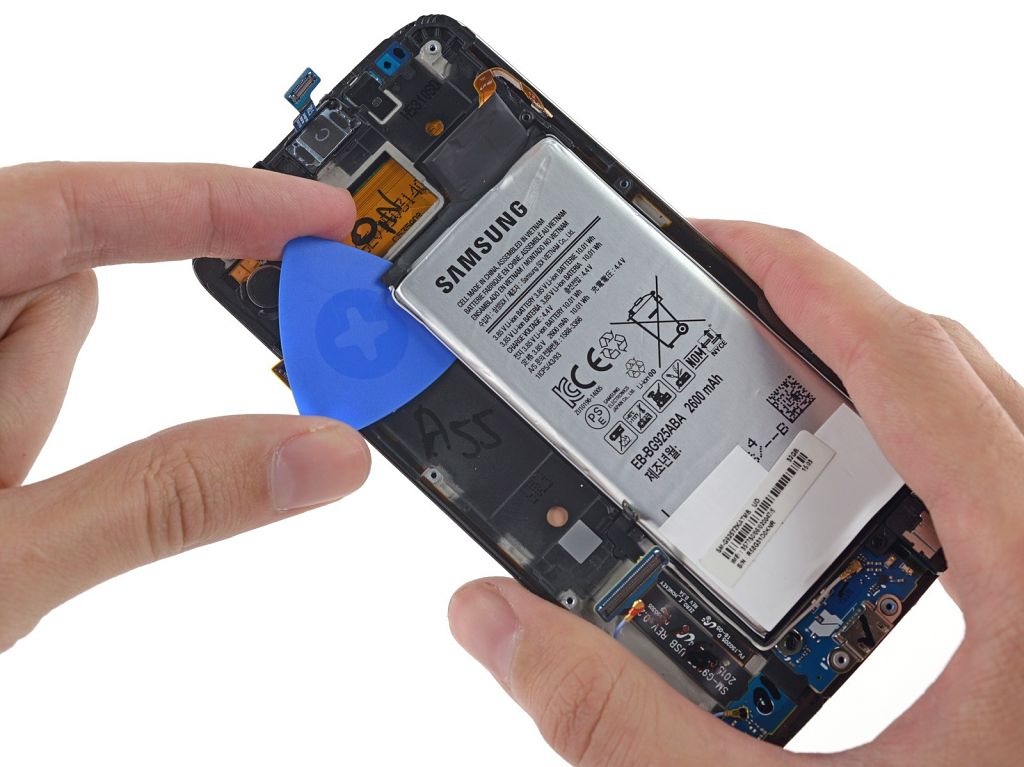Is it necessary to activate the phone battery
Newly purchased mobile phones need to use up the electricity in the mobile phone before charging, and need to repeat the operation 3-4 times, which is called activation. It used to be able to do this, and now mobile phones are all lithium batteries, and do not need to be activated.
The newly purchased mobile phone battery does not need to be charged for 12 hours when it is used for the first time. It is best to be fully charged and discharged within 3 to 5 hours. Fully charged refers to the normal charging to 100%, and full charged refers to when the mobile phone uses low battery reminder.
Before leaving the factory, the battery needs to be charged with electrolyte, formed, charged and discharged, and divided into coils. Keep the battery active, but after leaving the factory, it can reach the user in just one month or more. Because of the self-discharge of the battery, the battery material is passivated. At this moment, the battery can be fully charged and discharged to activate.
This statement that “the first three charges should be charged for more than 12 hours” is for rechargeable batteries in the 90s. At that time, the nickel-cadmium battery has a memory effect, and it needs to be fully charged to ensure the battery capacity. The mobile phone uses a lithium-ion battery, which has no memory effect and can be fully charged in 2-3 hours.
If the new battery can be charged and discharged for more than 12 hours in the first three times, it will cause great damage to the battery, and may cause the battery to swell or even burn. Fortunately, both the mobile phone and the charger have maintenance circuits, and the power will be automatically cut off when the charger is 100% charged, and the charger will not continue to charge even when the charger is plugged in.
However, it is best to unplug the charger at this moment to prevent problems with the charger’s maintenance circuit, and the battery is overcharged, causing serious damage to the battery material, which affects the battery capacity and life. The charging method described in the general mobile phone manual is a standardized charging method suitable for mobile phones.
Correct use of mobile phone lithium battery
To prevent excessive discharge, try not to use the mobile phone below 20% power, especially below 5% power, which will cause irreversible damage to the battery.
Prevent overcharging. Overcharging can cause great damage to mobile phone lithium batteries. However, the current smart phones generally have circuit maintenance, and the battery will not continue to be charged after being fully charged.
The ideal situation of the lithium battery is when the battery capacity is 40%, the voltage of the battery will not be too high or too low at this moment, the higher the battery capacity, the faster the drop. The capacity of the former 100% battery will drop even more if it is put in one month, and the capacity drop will be even bigger if 50% battery put it in one month. Don’t let the battery maintain 100% power for a long time, this will affect the battery life to a certain extent. Prevent use at high or extremely low temperatures. High temperature and low temperature charging will cause great damage to mobile phone lithium batteries. High temperature may cause the battery to burst, and low temperature will also have a great impact on battery life.
Prevent the mobile phone battery from being out of power for a long time. If the battery is dead for a long time, chances are that your phone will no longer be able to turn on.
Use the original mobile phone charger to check the service life and shelf life of the battery, and replace the battery in time.
The best way to maintain a lithium-ion battery is to use it lightly, charge it quickly, and prevent overdischarge. The battery power of the mobile phone is maintained at a low power condition of 30%-50%, reducing the “rest time under high power conditions.” Plug the charging cable into the phone to charge it when it’s okay. In this case, the mobile phone will take power from the outside, which is equivalent to reducing the number of discharge cycles.
Post time: Feb-26-2021





